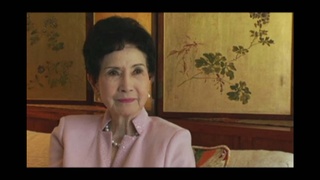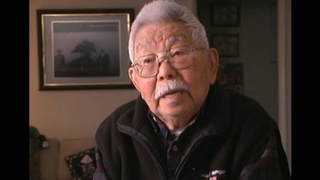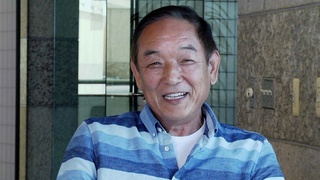Interviews
Incorporating native plants into Japanese-style gardens
Where we were talking about Japanese landscaping – Japanese landscaping on paper is done freehand. If you know what you want in a garden, if you know the direction of the sun, what type of ground cover you want to use, what kind of bonsai you want to use or azaleas or rhododendrons you want to use, rhododendrons, you have to know that they don’t grow in Southern California. They need a cold climate to form the bud of the flower. Same as peonies. They need the cold climate.
But if you use, in place of peonies and rhododendrons, if you use camellias, you can actually prune a camellia to make it look very airy but your blooms come out big. If you let a camellia plant get too thick, you get a lot of small buds of camellias and the flowers are smaller. But if you keep it pruned, not let it form too many buds, but just a few nice buds, you get some beautiful camellia plants. It’s the same with azaleas. If you prune it properly, you have an abundance of flowers.
So if you trim it with a hedge cutter, you’re cutting away the flowers. But if you know how to select your branches, you let the buds bloom on the tips, you’re going to have a good showing.
The Japanese gardens, you have to kind of…in California, you have to sort of substitute plants. But most of the plants you use in Japanese gardens are used in Japan like your junipers, your azaleas, your black pine, junipers, but for your rhododendrons and…what was that I said? Rhododendrons and peonies, you use a camellia. A nice camellia. A variegated camellia – it’s got two different colors on its leaf – red and white, pink and white, with a yellow center. If you prune it properly, your flowers will come out like this. It should be about 4 inches across or larger.
Date: December 1, 2005
Location: California, US
Interviewer: Daniel Lee
Contributed by: Watase Media Arts Center, Japanese American National Museum






